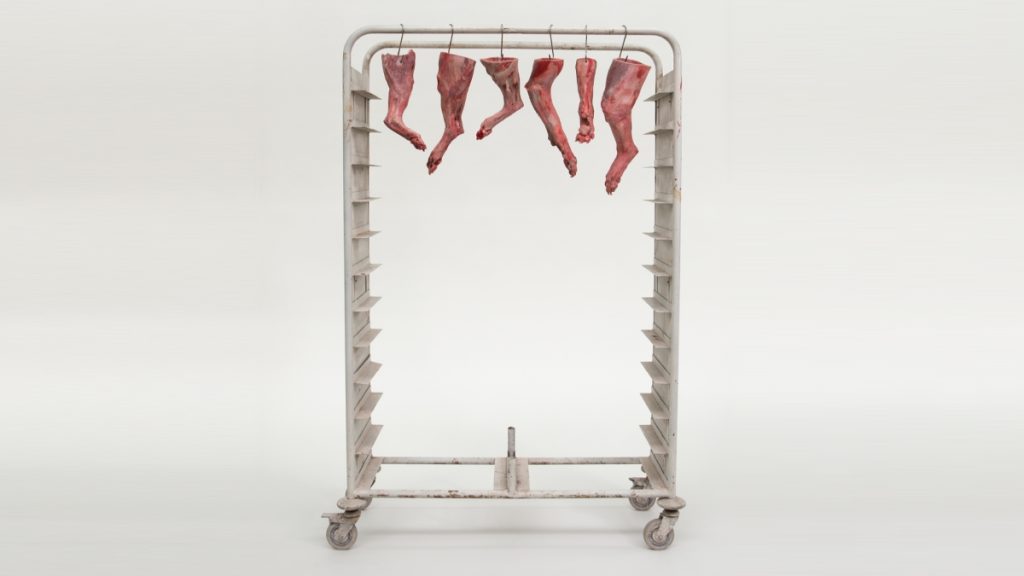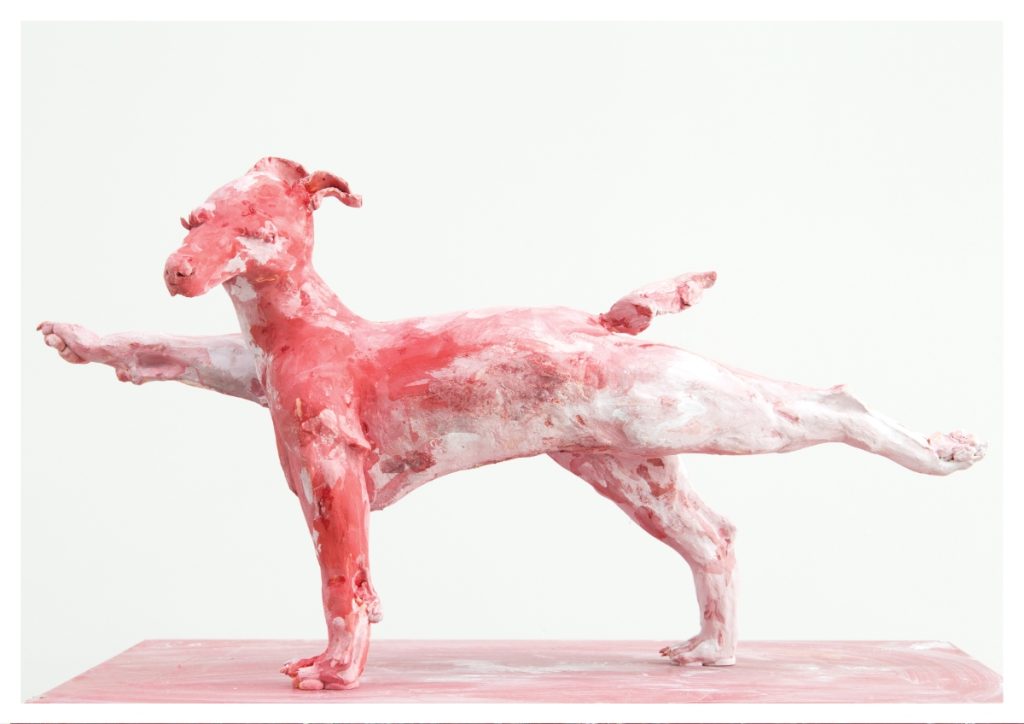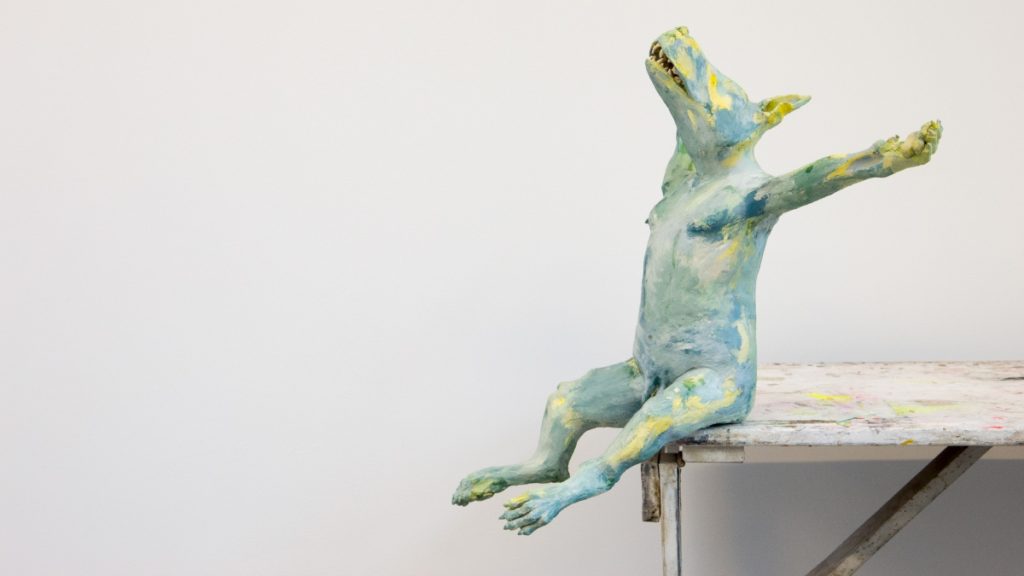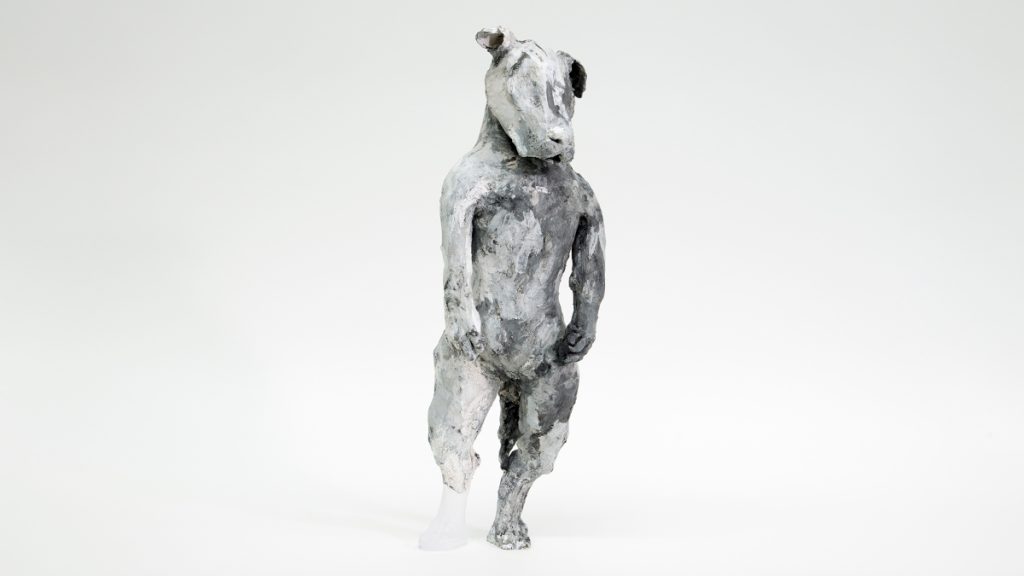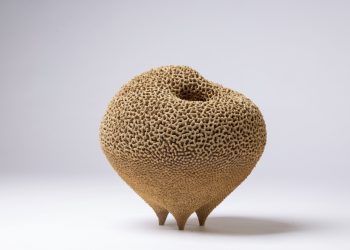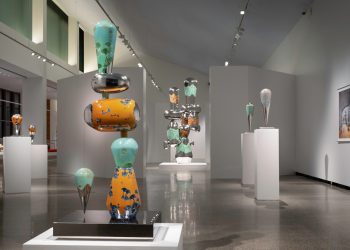Fernanda Cortes: Selected works, 2016-2022
Experience draws many lines into the fabric of our being, and the passing of time creates a relationship between these vectors. Humanity as a whole is laden with this network, and this, in turn, might be translated as a dark destiny. Sometimes I cannot see through this darkness, yet I need to find figures through which presentation might occur.
Using my imagination to create ceramic anthropomorphic forms, I seek to create figures that emerge from an overwhelming emotional density and question whether my subjects are marked by a dehumanization that I understand to be a general condition. I can only say that they hover in the realm between human and non-human.
Qualities swirl about in this realm, like infusions of light and dark, but invariably they loom in a state of abject otherness. In this state is the quality of a folding of force and emergence, in which questions are emitted.
Lo Naco, Lo Fresa, 2022
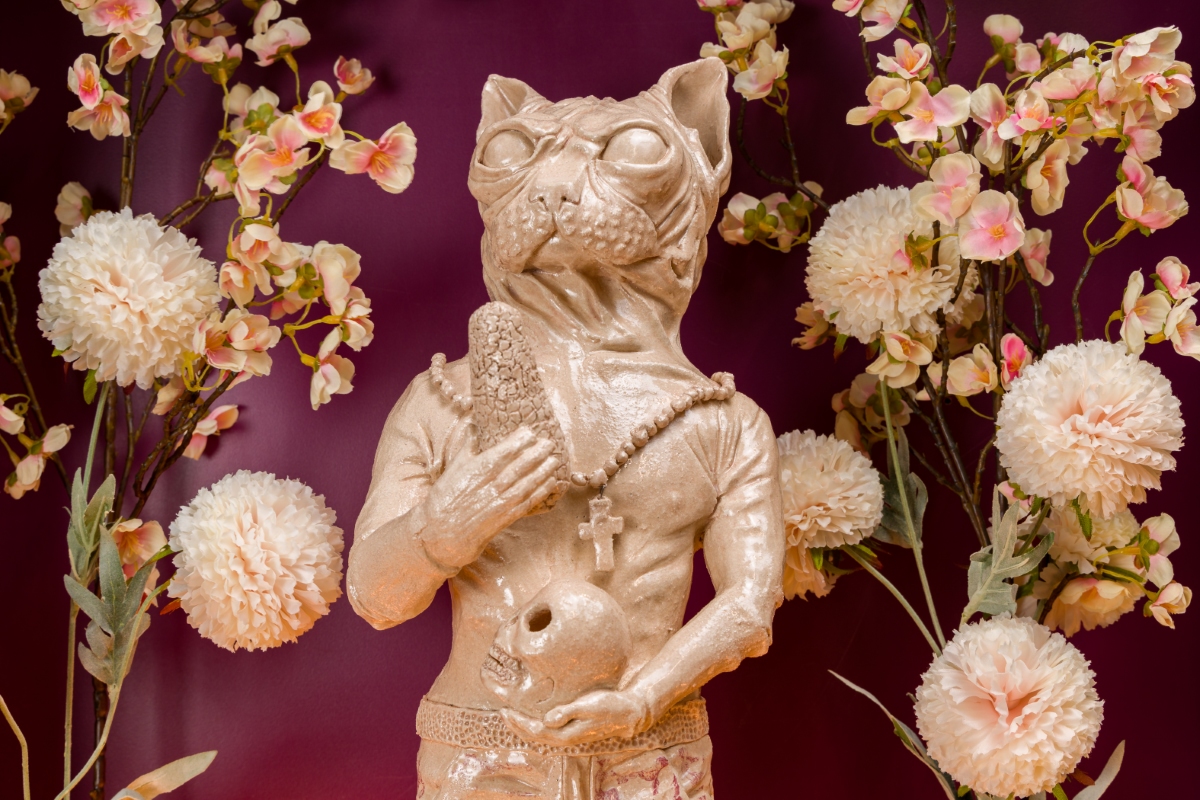
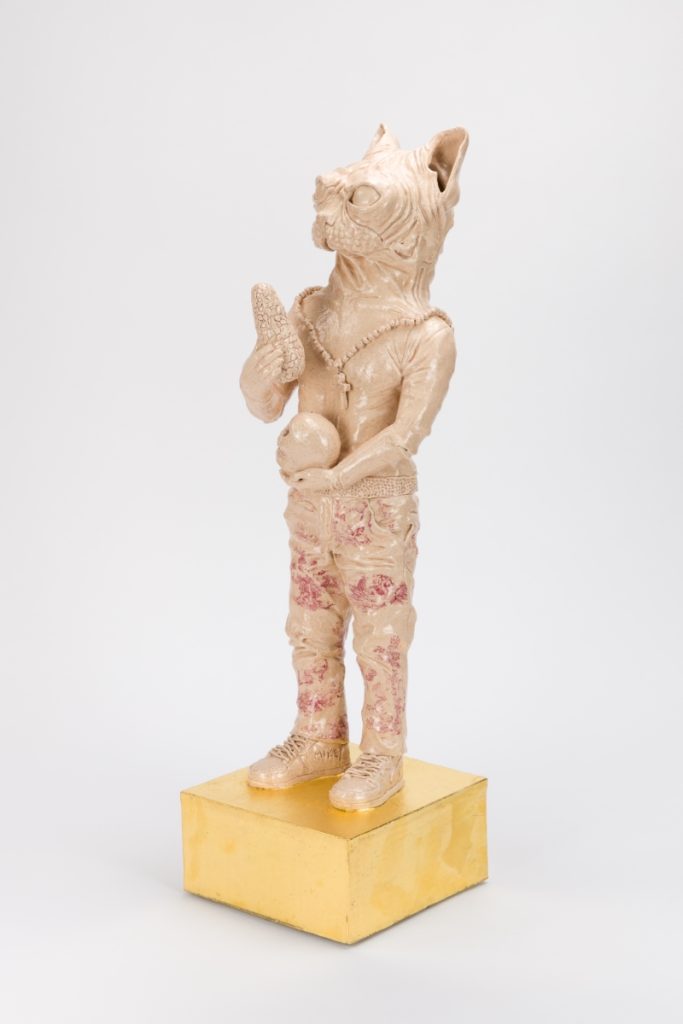
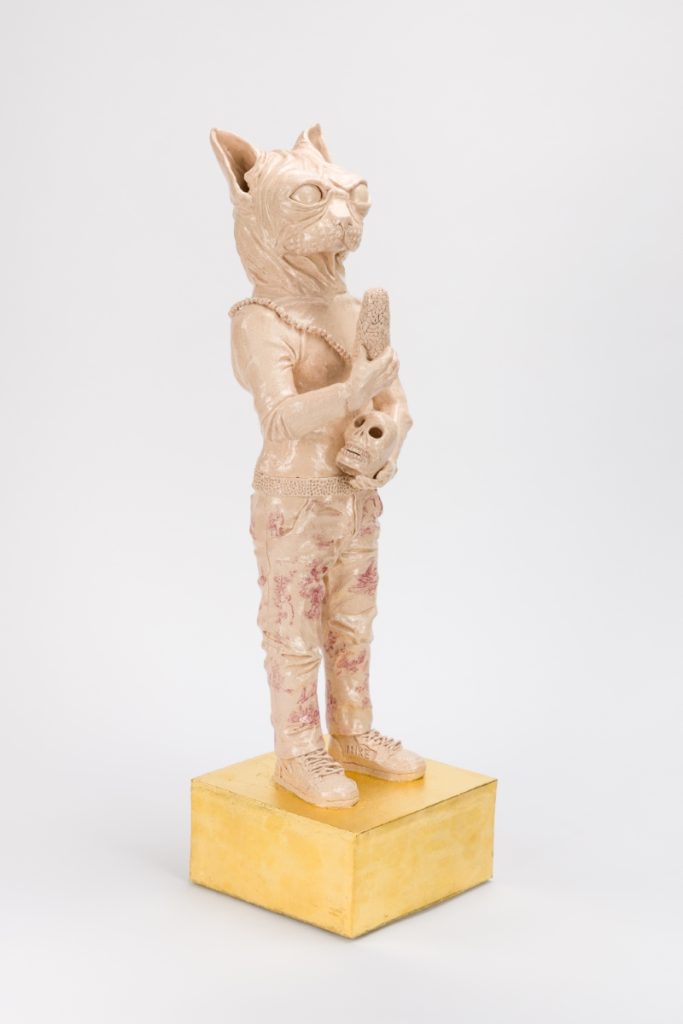
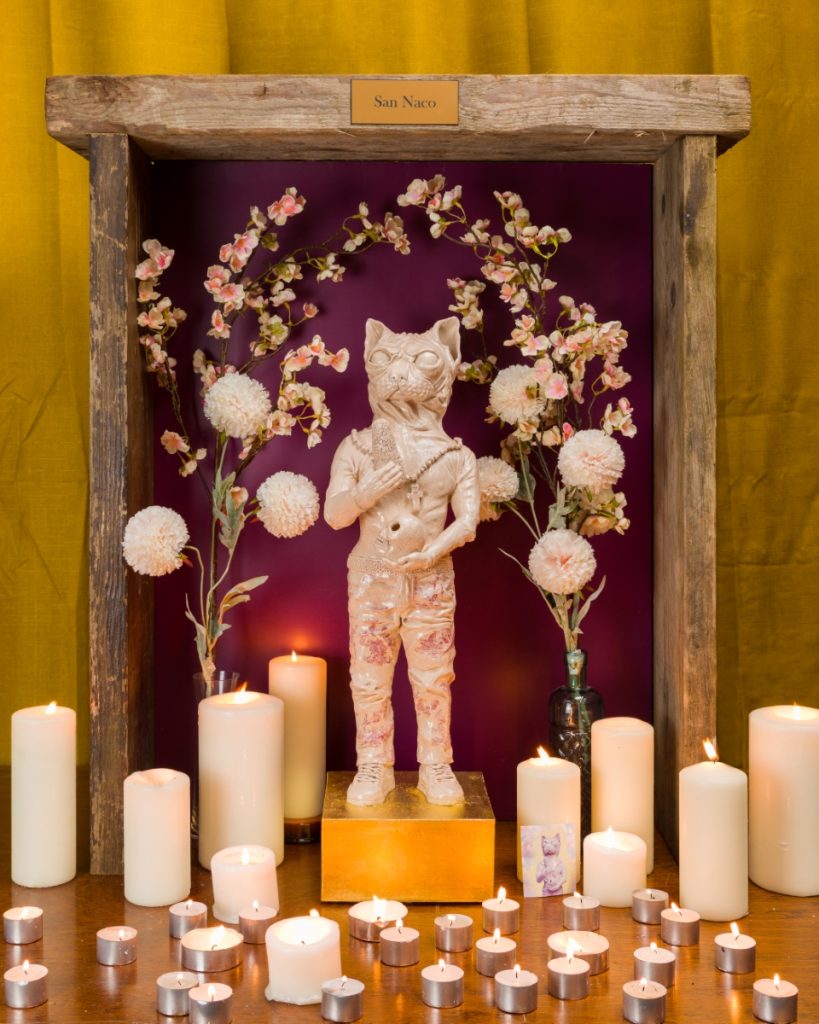
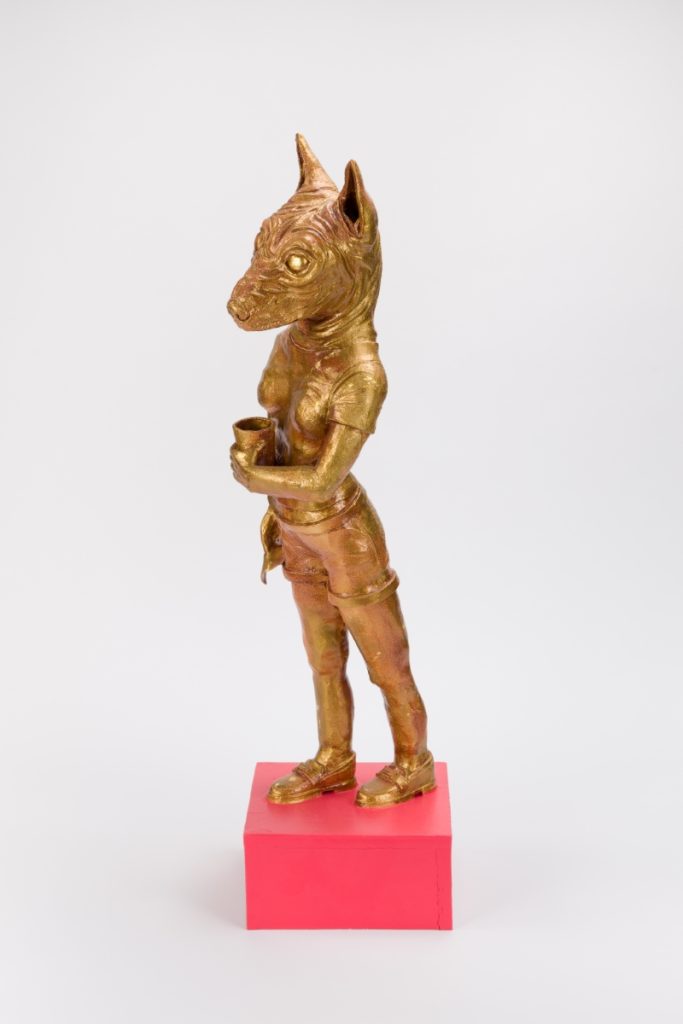
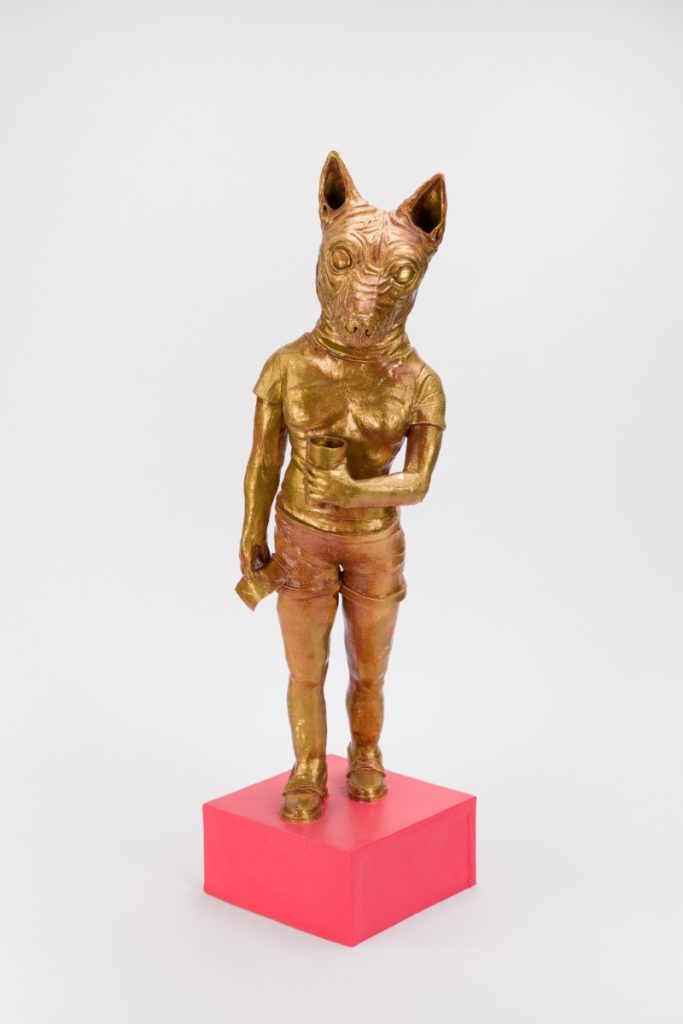
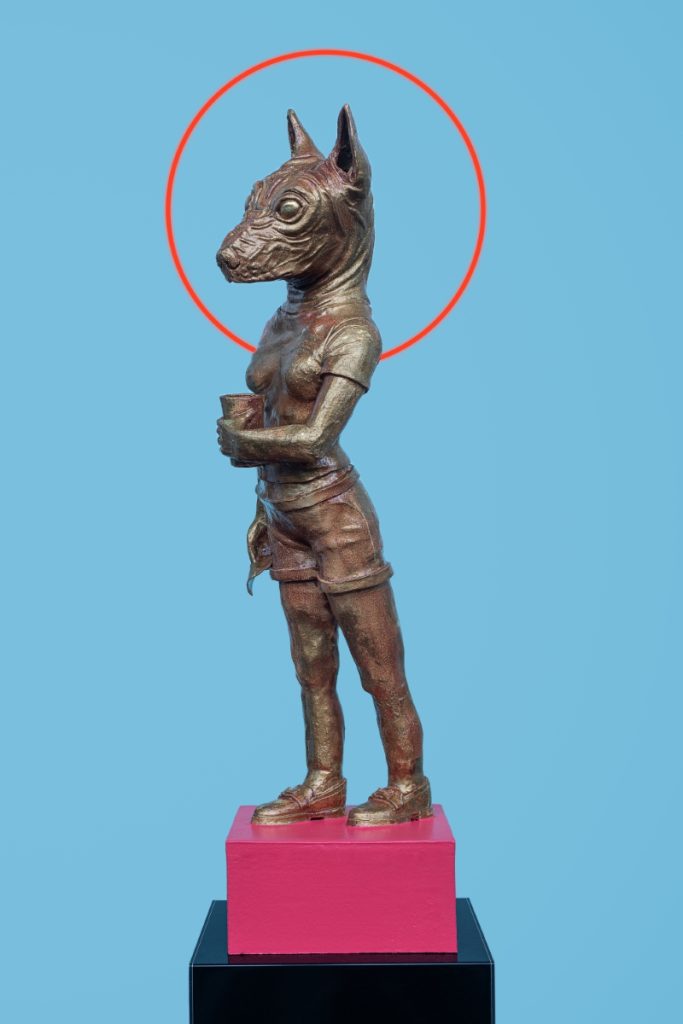
I developed the project ‘Lo Naco, Lo Fresa,’ for which I was awarded the “Developing your Creative Practice Grant” by the Arts Council England. I had the opportunity to develop this project at La Meridiana International School of Ceramics in Tuscany (Italy) and Guldagergaard International Ceramic Research Center (Denmark).
This artwork is related to two Latin American Spanish words, mainly used in Mexico City. They describe a dichotomy or the traces of its colonial legacy. Deeply rooted in classism and racism, two widely recognized cultural stereotypes in Mexico: ‘Lo Naco, Lo Fresa.”
Naco is a derogatory word used in Mexican Spanish to describe someone uncouth or loutish. The term is often associated with lower social classes.
Fresa is a slang social term used in Mexico to describe a cultural stereotype of superficial people who, by the traditional definition of the word, come from an upper-class family with the objective of mimicking American and European backgrounds.
I was inspired by stereotypical figures, illustrating them through various media, including internet images, videos, popular songs, and personal experiences. While making the artwork, I realized the stereotypes I used are prejudiced based on my experience living in Mexico City almost ten years ago. Those images of these two characters are my reference to how I grew up in the middle of these two worlds and how I structured my own identity.
(The) Naco, or as I titled it, “San Naco,” is holding a corn, an essential ingredient in Mexican food; a rosary, representing the syncretism with polytheist and Catholic religion; and a skull, that is part of our stereotypical festivities in the world call the Mexican Day of the Dead. He is wearing fake brand shoes and trousers that approach to want it could be considered kitsch or bad taste for the upper classes.
(La) Fresa, or as I titled it, “Santa Fresa,” is wearing designer clothes in a relaxed, almost indifferent posture that doesn’t observe the audience. She is holding a coffee and a note or a piece of paper representing the privilege to obtain any good, travel, or even education. I created a clean and polished atmosphere, almost clinical, because I felt distant from the style of life of a Fresa.
Pesantezza, 2020
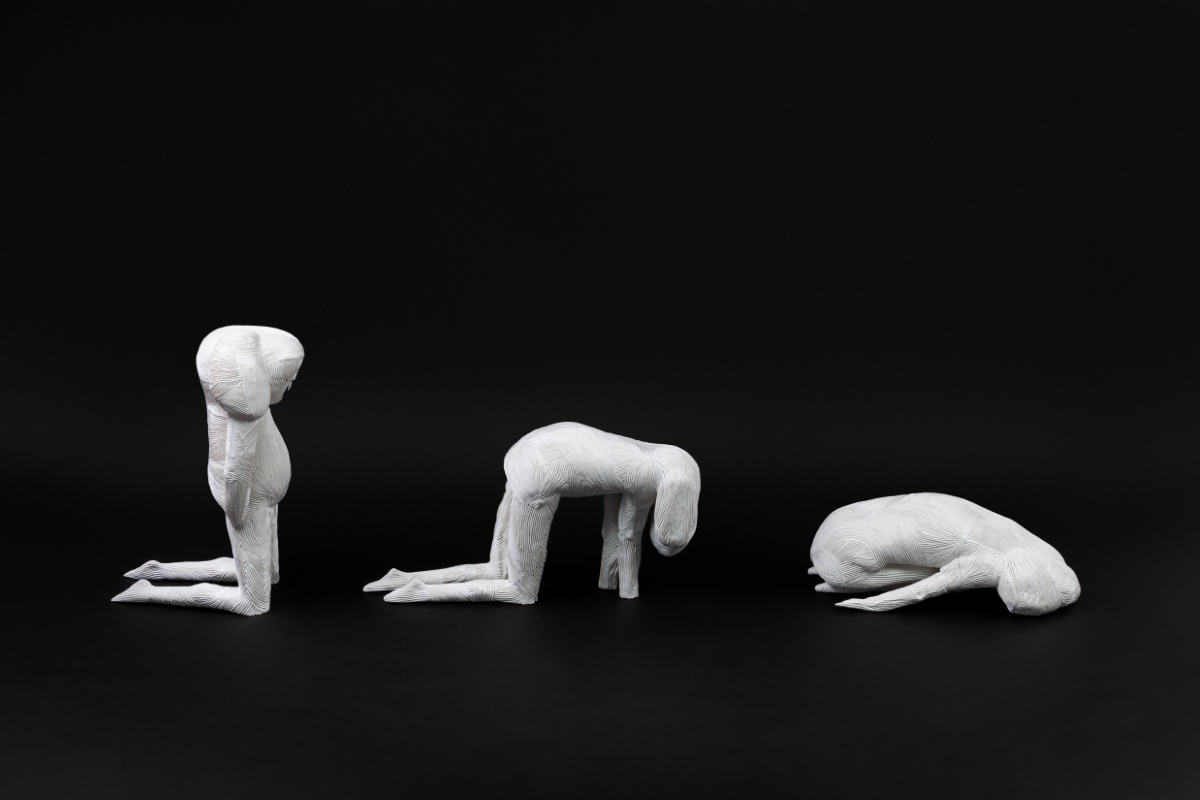
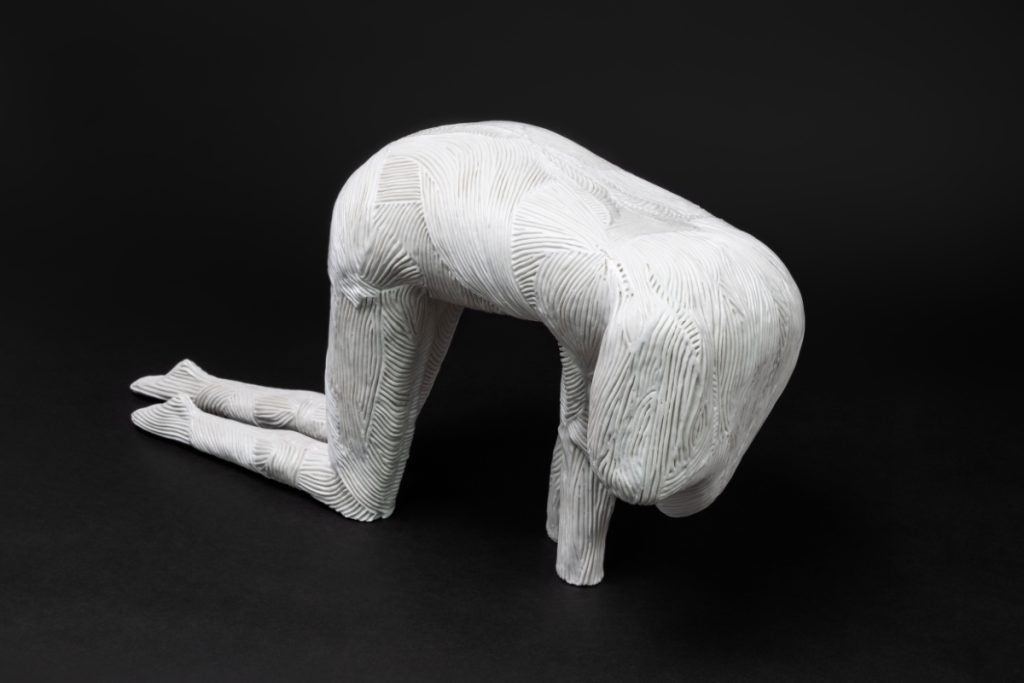
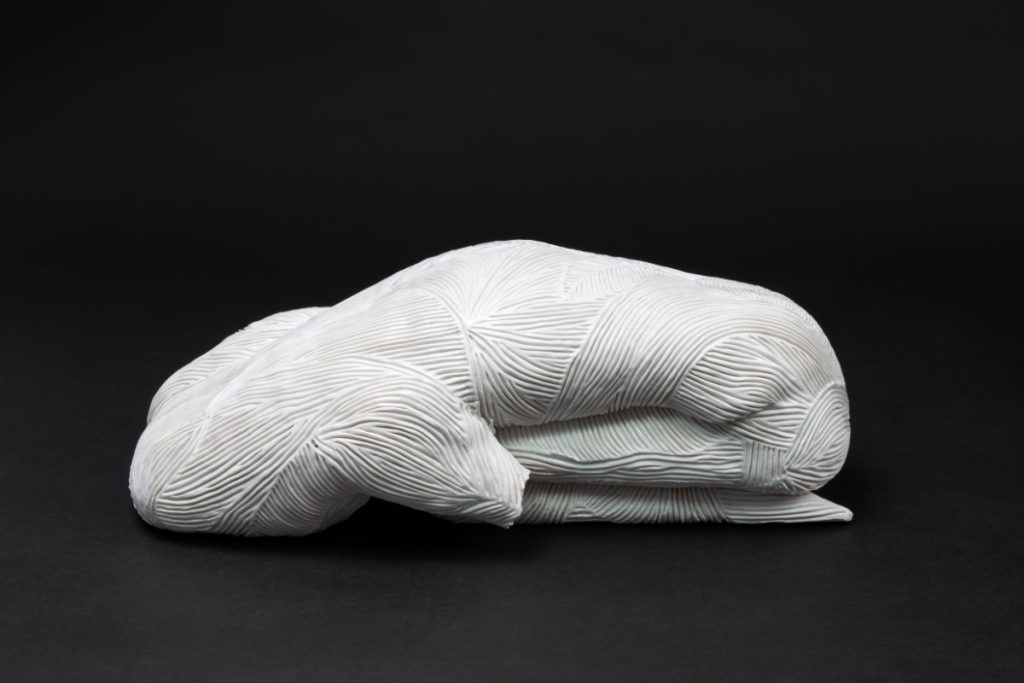
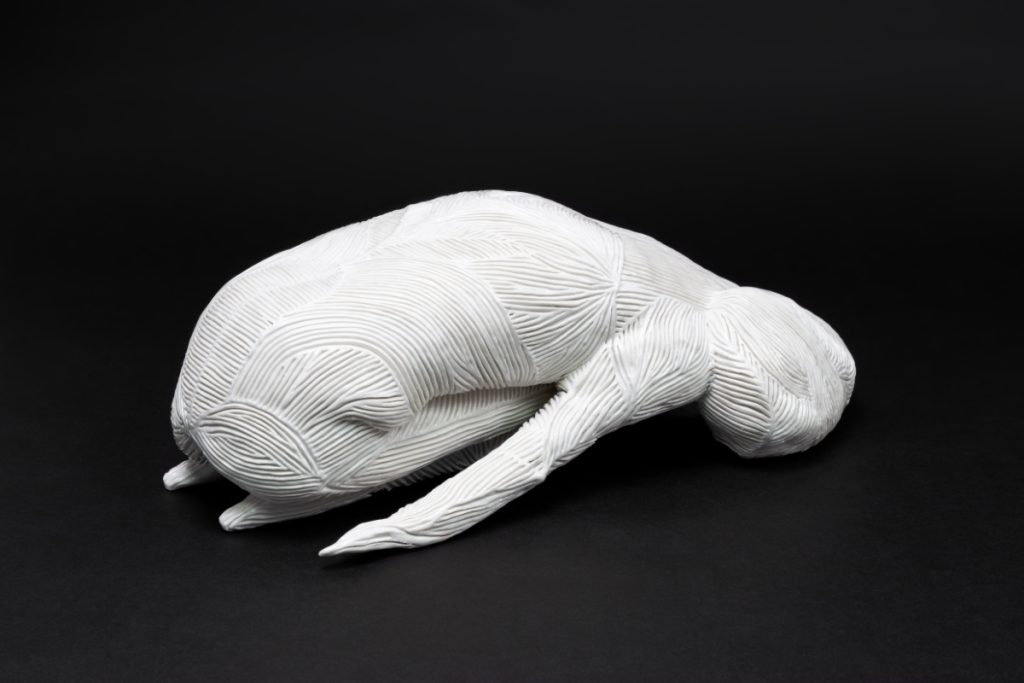
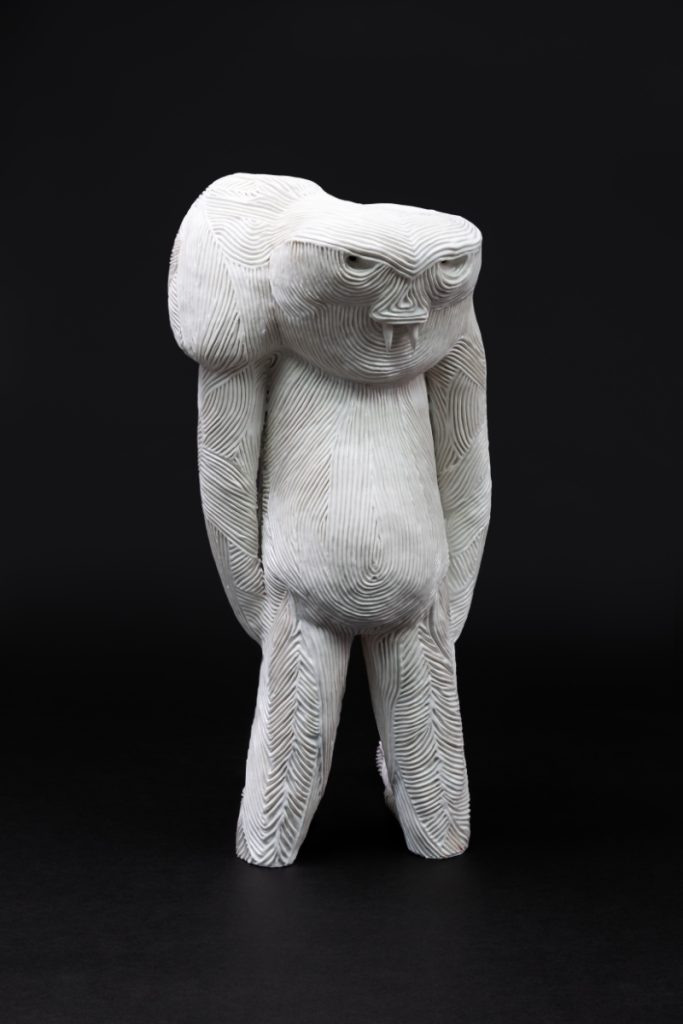
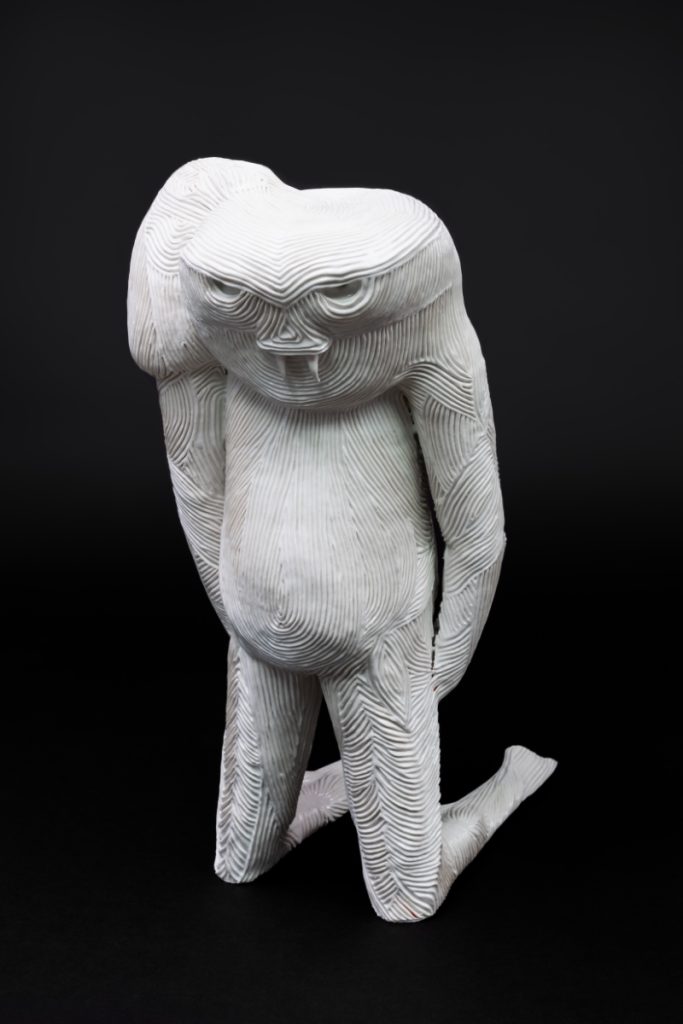
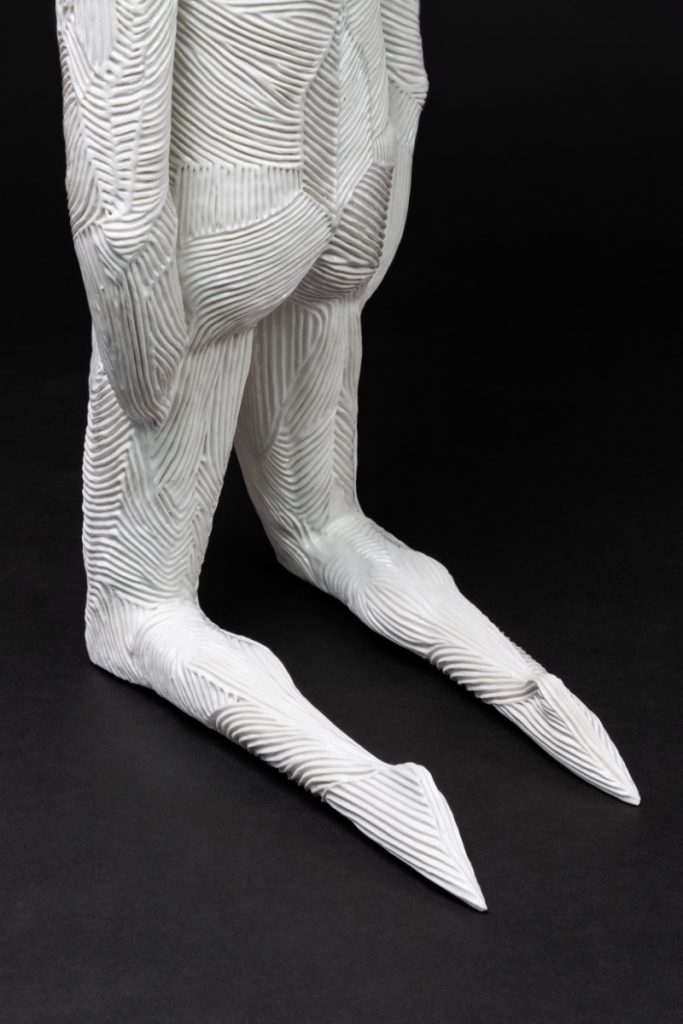
Part of ‘Common Disquiet’ exhibition (Yorkshire Artspace, 2022) and winner of the City of Vénissieux Award at the XV Bienal Internacional de Cerámica de Manises 2022
Paraiso, 2020
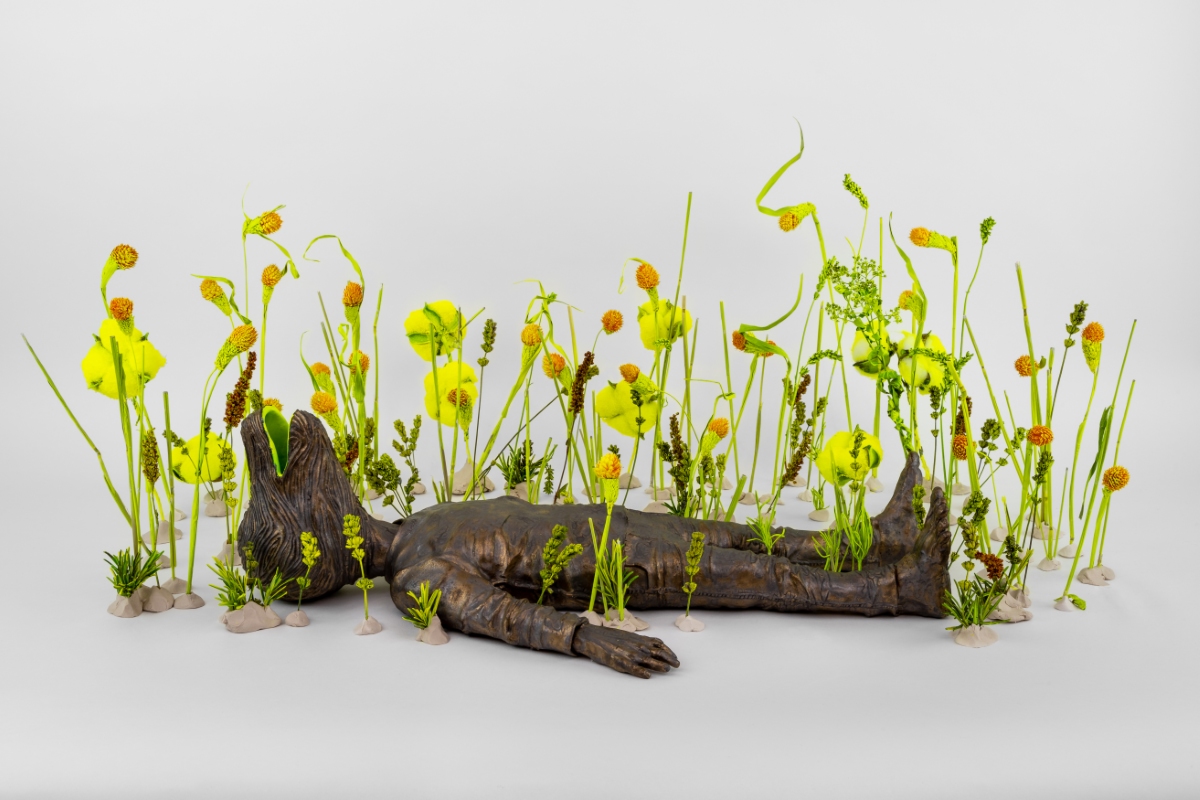
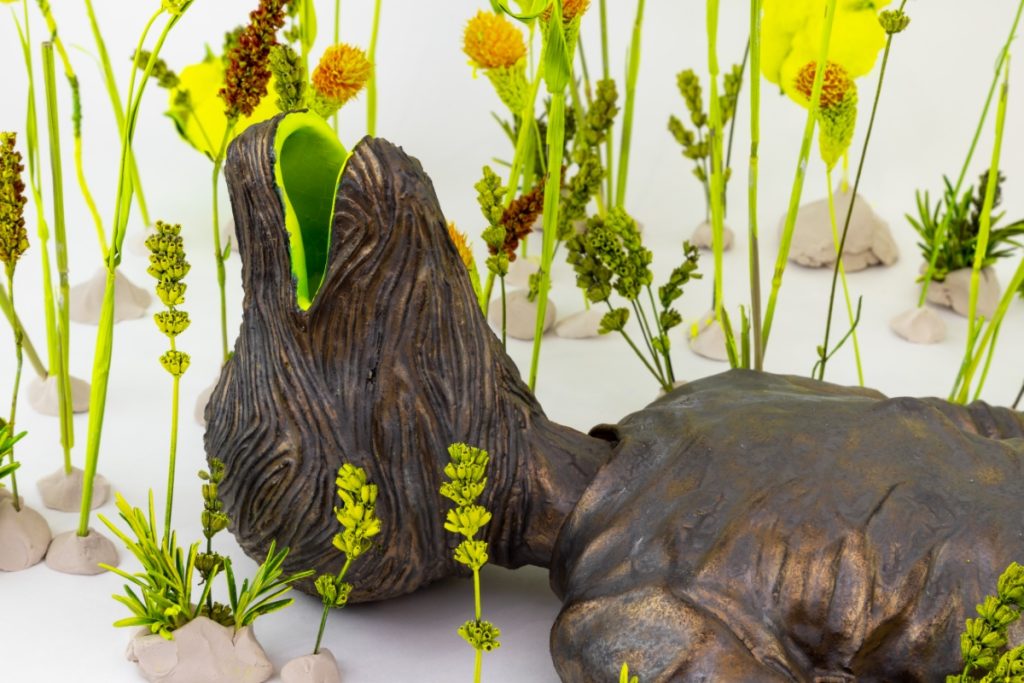
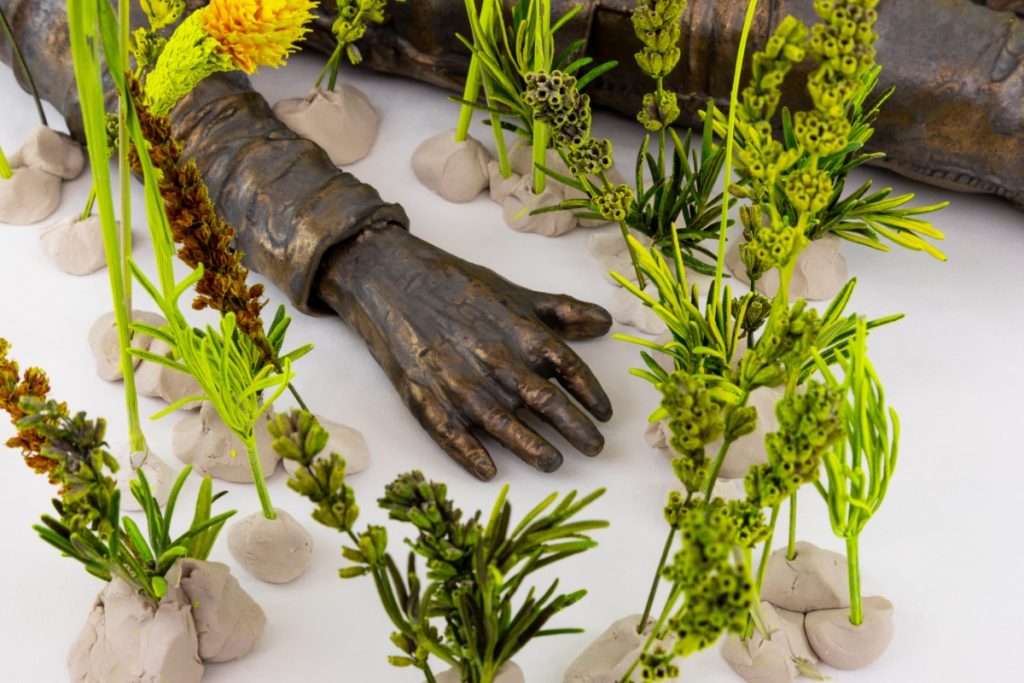
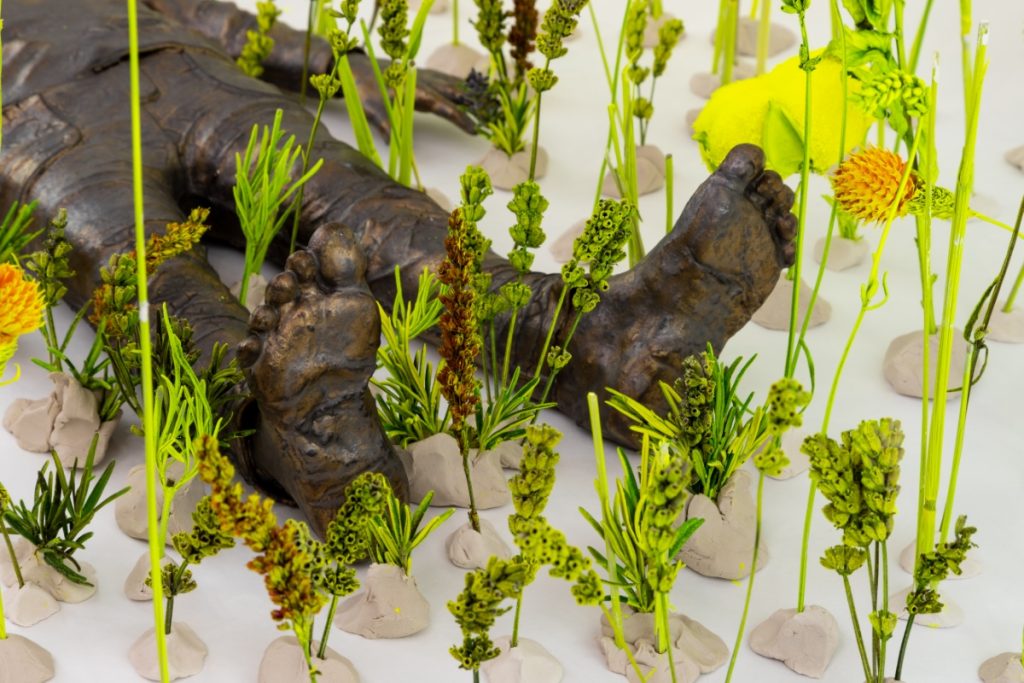
Mitla, 2017
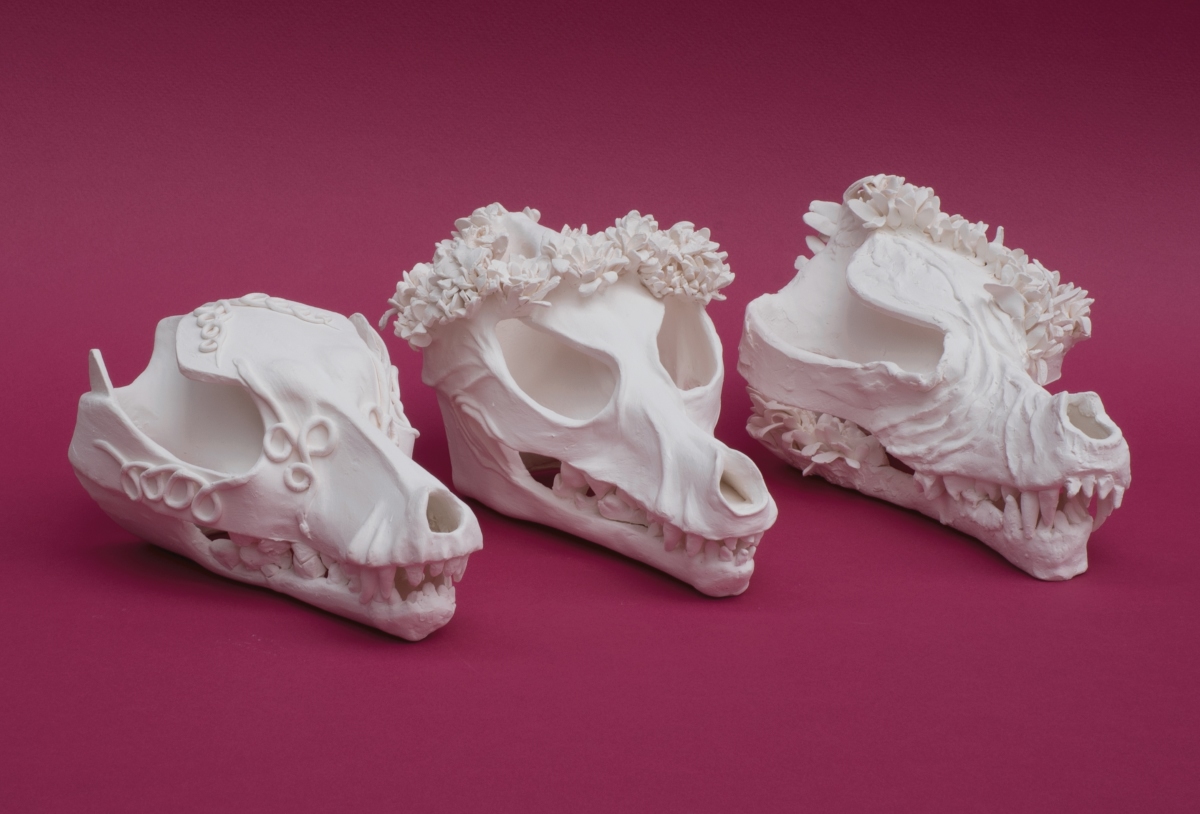
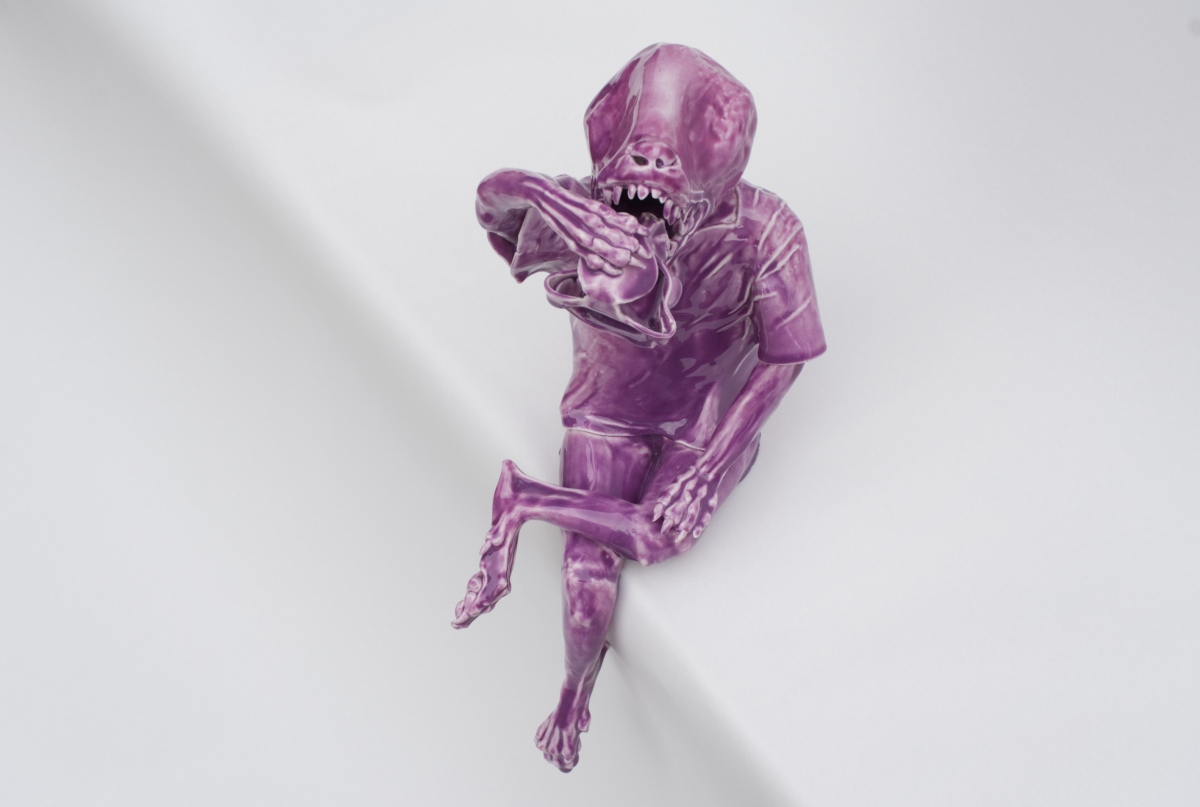
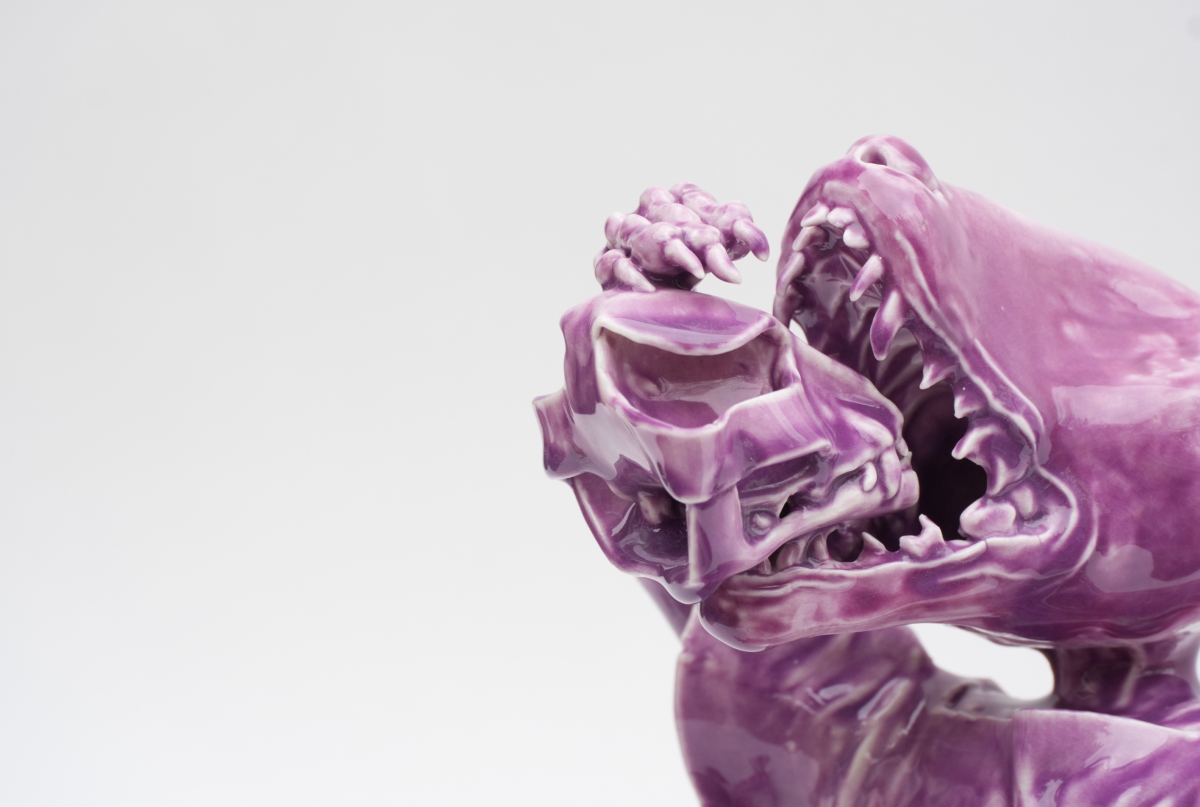
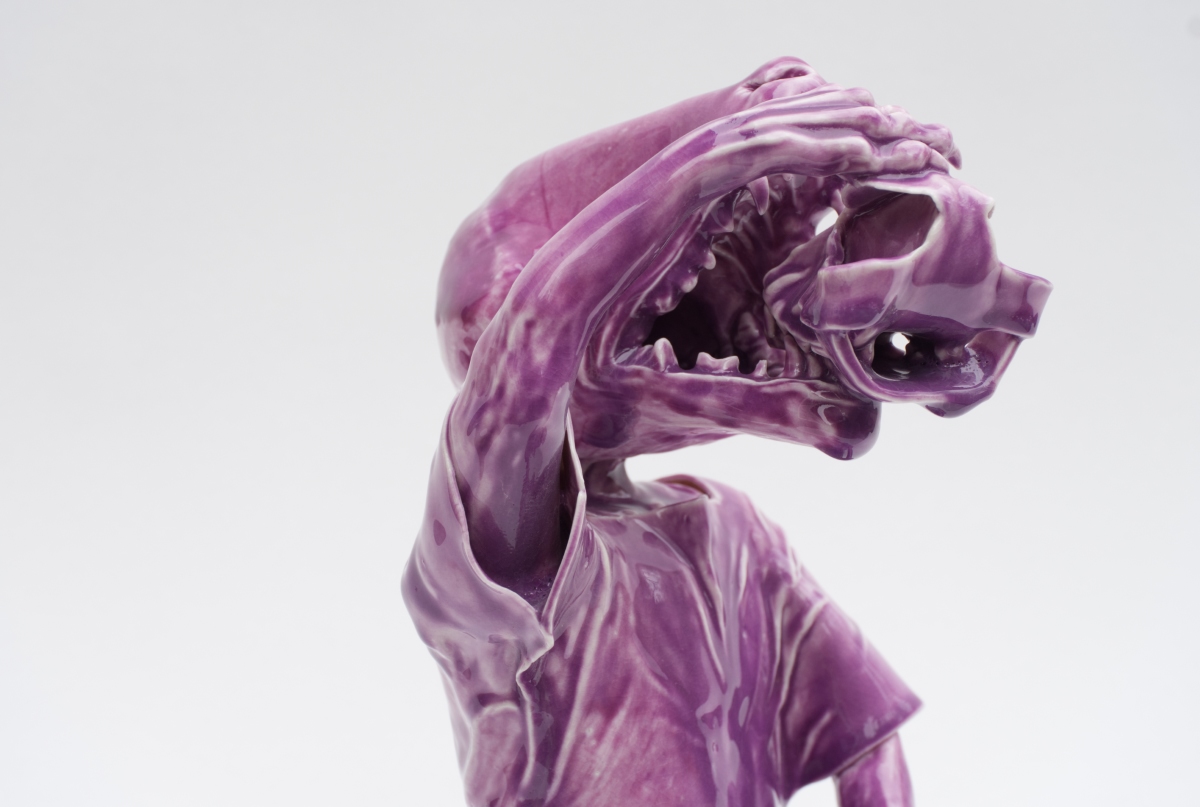
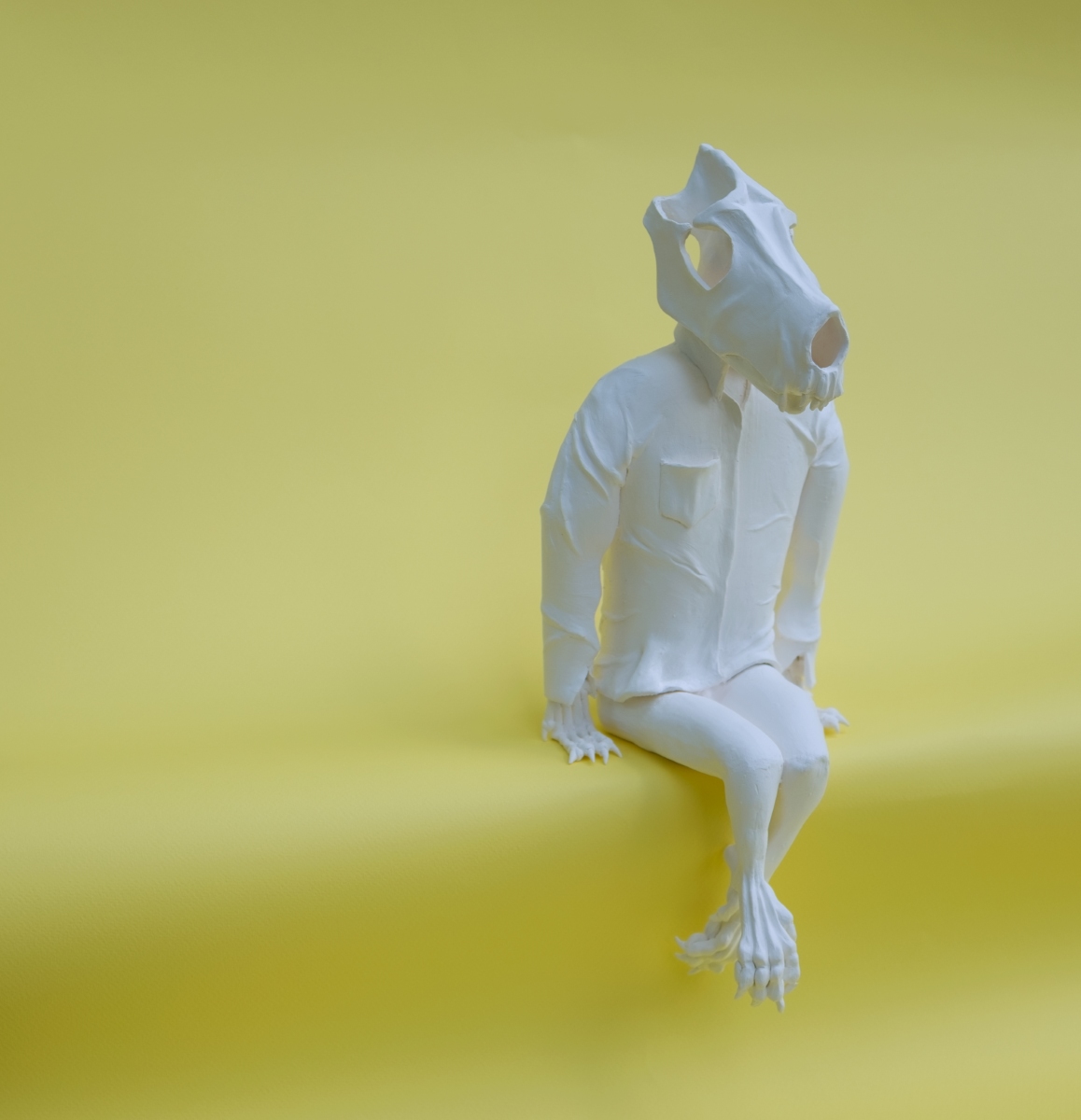
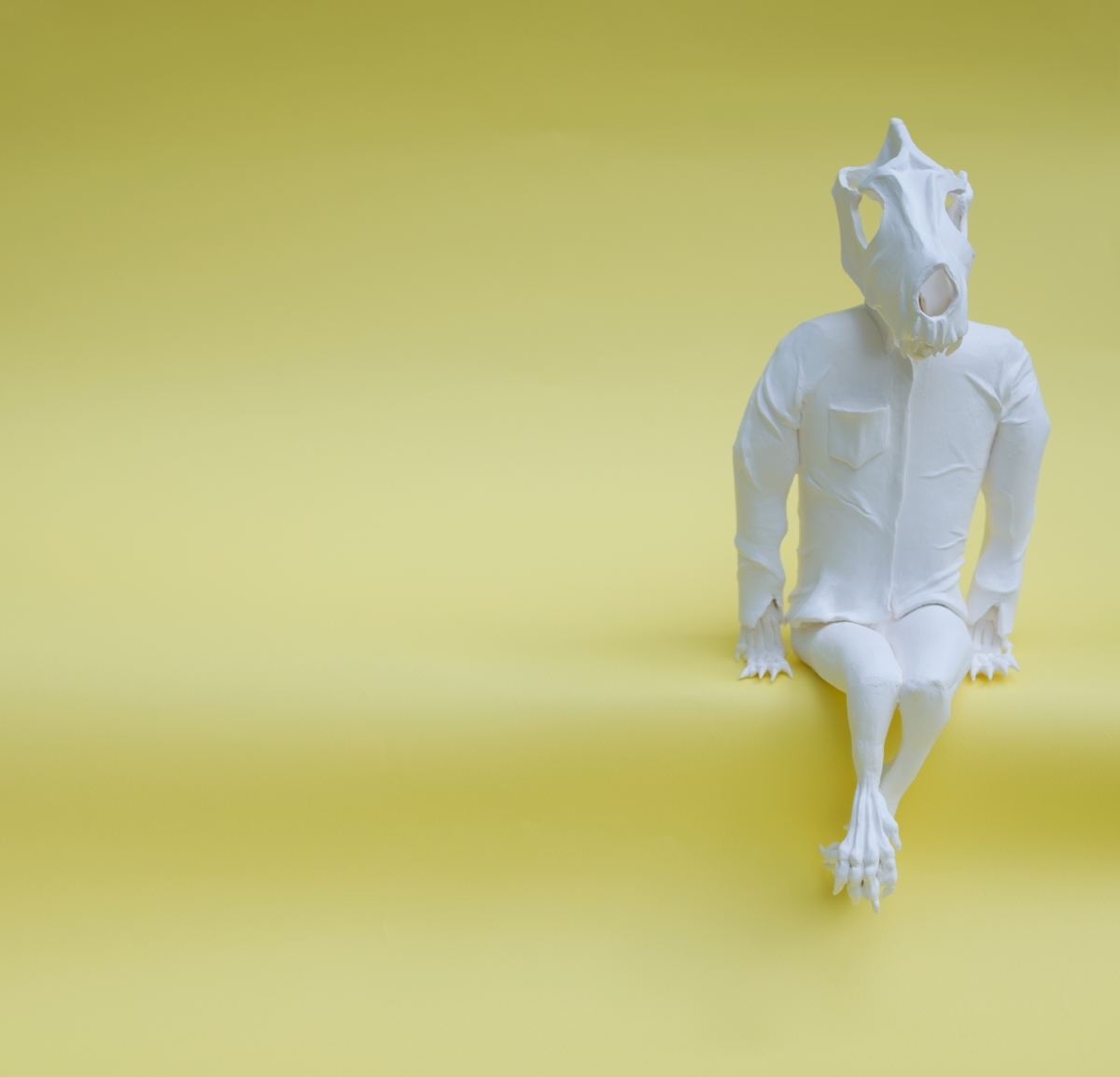
Sharik’s Leftovers, 2016
